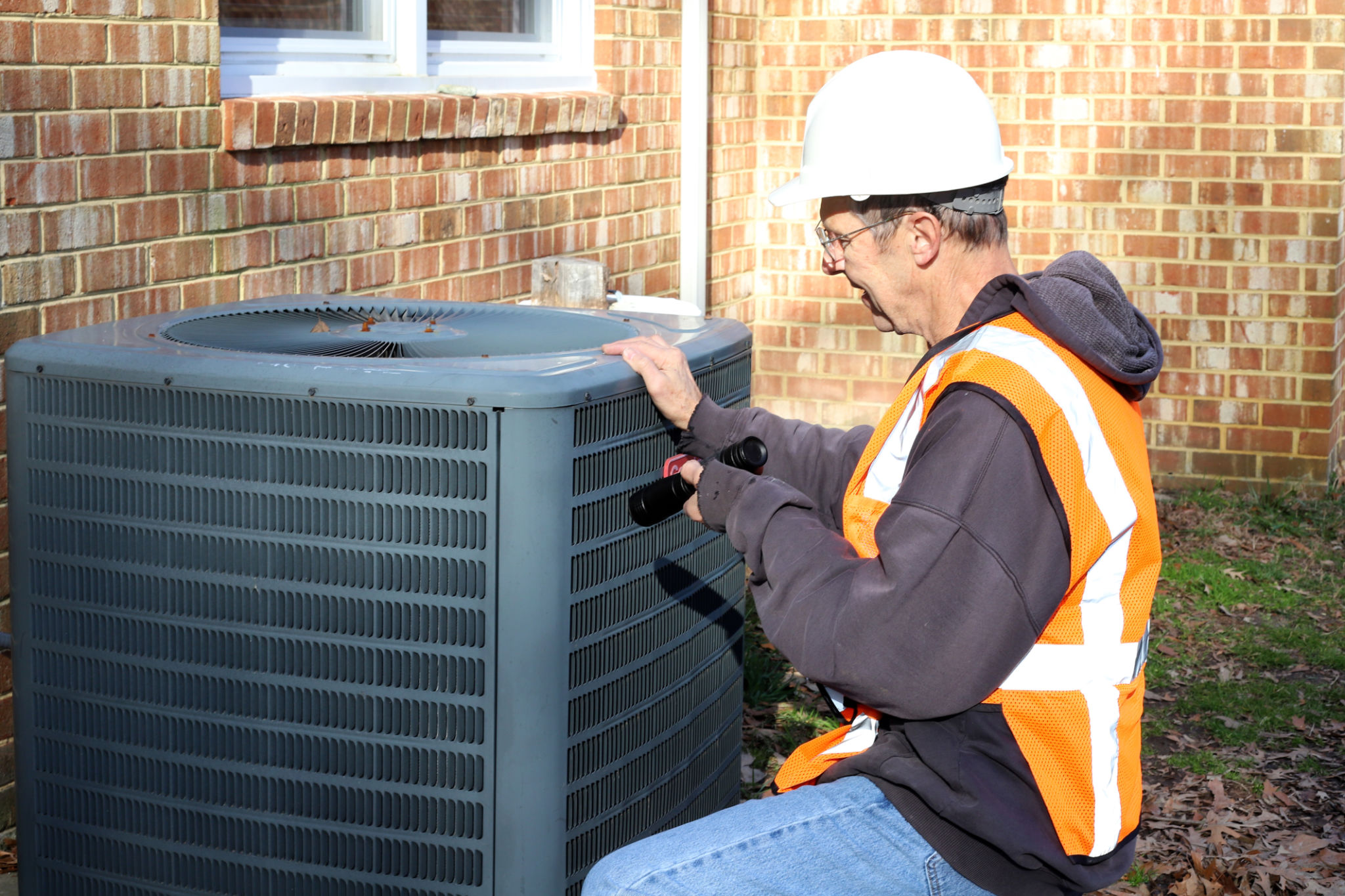Top Myths About Industrial Equipment in Hawaii – Busted!
Understanding Industrial Equipment in Hawaii
When it comes to industrial equipment in Hawaii, there are numerous myths and misconceptions that can lead to confusion and misinformed decisions. Whether you're involved in construction, agriculture, or manufacturing, it's important to separate fact from fiction. In this blog post, we'll explore some of the most common myths about industrial equipment in Hawaii and provide clarity on these topics.

Myth 1: All Industrial Equipment is the Same
One common myth is that all industrial equipment is the same, regardless of where it's used. The truth is, industrial equipment must be tailored to the unique environmental conditions in Hawaii. The islands' tropical climate, high humidity, and proximity to the ocean can impact the longevity and performance of machinery. Therefore, equipment designed for use in other regions may not be suitable for Hawaii's specific needs.
For instance, corrosion-resistant materials and coatings are crucial for industrial equipment in Hawaii due to the salty air that can quickly degrade metal components. Businesses must ensure that their machinery is not only robust but also specifically designed to withstand these environmental challenges.
Myth 2: Local Regulations Are Not Stringent
Another misconception is that Hawaii's local regulations regarding industrial equipment are not as stringent as those on the mainland. In reality, Hawaii has strict guidelines and standards to ensure safety and environmental protection. These regulations often require businesses to use equipment that meets specific safety and emissions standards.

Failing to comply with these regulations can result in hefty fines and operational disruptions. Therefore, it's essential for businesses to stay informed about local requirements and ensure their equipment is up to code.
Myth 3: Maintenance is Not a Priority
Some believe that regular maintenance of industrial equipment in Hawaii isn't necessary. However, due to the unique environmental conditions, consistent maintenance is crucial to keep machinery running efficiently. The high humidity and salt air can accelerate wear and tear, making routine inspections and servicing even more important than in other regions.
- Regular cleaning to remove salt deposits
- Frequent lubrication of moving parts
- Corrosion prevention measures

Myth 4: Equipment Costs Are Prohibitively High
There's a common belief that the cost of industrial equipment in Hawaii is prohibitively high due to shipping expenses and limited availability. While it's true that some costs may be higher, savvy businesses can find ways to mitigate these expenses.
Many suppliers offer competitive pricing and flexible financing options. Additionally, investing in quality equipment tailored for Hawaii’s environment can reduce long-term costs by minimizing repairs and downtime. Businesses should also explore local suppliers who might offer better deals and support.
Myth 5: It's Hard to Find Skilled Operators
Finally, there's a myth that finding skilled operators for industrial equipment in Hawaii is challenging. While there may be fewer operators compared to larger states, Hawaii boasts a community of highly trained professionals ready to meet industry needs.
- Engage with local vocational schools and training programs
- Invest in employee training and development
- Network within industry groups for potential hires
By partnering with local educational institutions and investing in workforce development, businesses can cultivate a skilled team capable of handling their industrial equipment efficiently.
Busting these myths helps businesses make informed decisions about their industrial equipment needs in Hawaii. By understanding the unique challenges and opportunities, companies can optimize their operations and ensure their machinery performs at its best in this beautiful island setting.